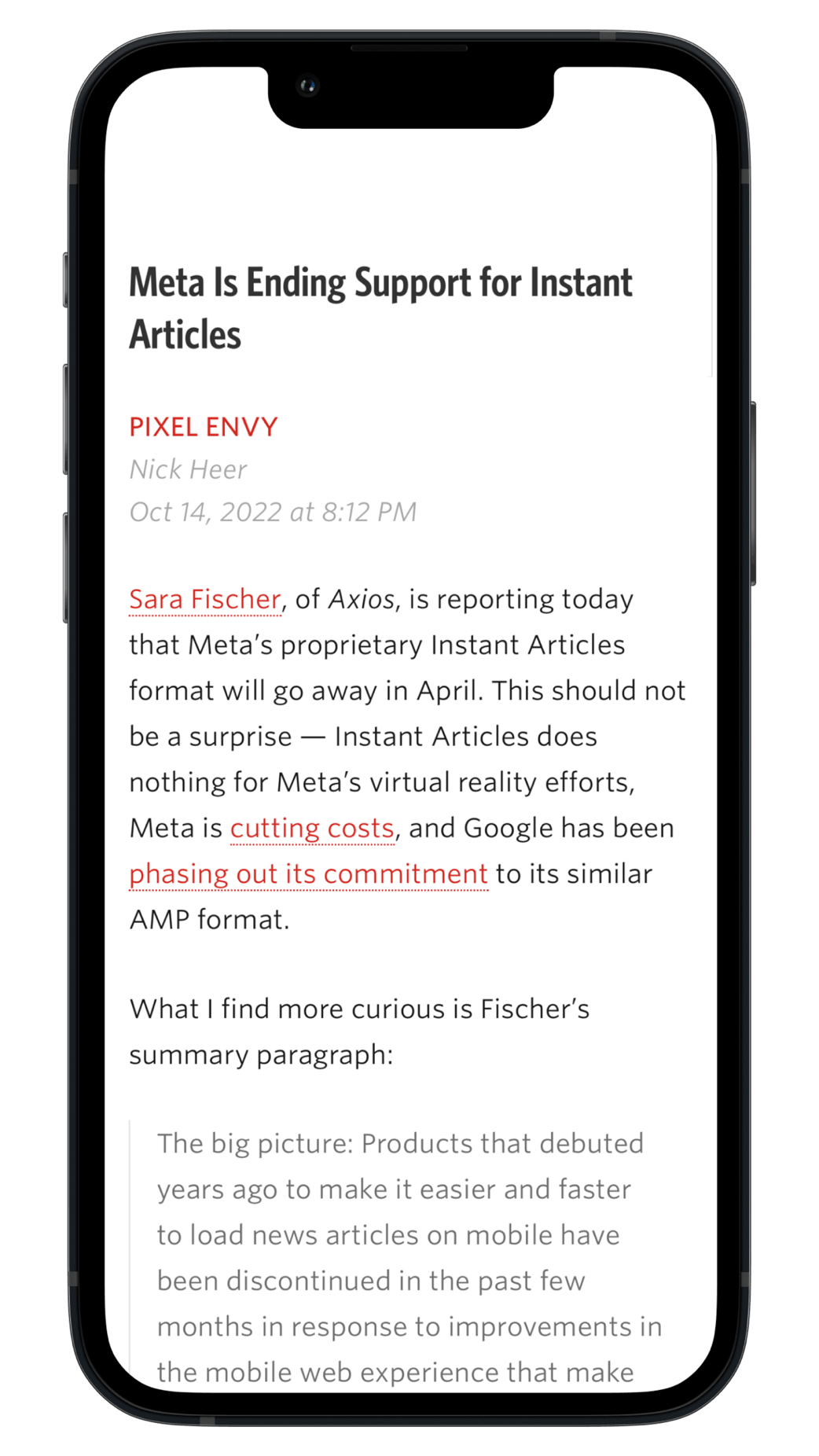Evans Hankey Is Leaving Apple ⇥ bloomberg.com
Mark Gurman, Bloomberg:
Apple Inc.’s head of hardware design, Evans Hankey, is leaving the iPhone maker three years after taking the job, creating a significant hole at the top of a company famous for its slick-looking products, according to people with knowledge of the matter.
Hankey was named to the post in 2019 to replace Jony Ive, the company’s iconic design chief for two decades. Before taking her current role as vice president of industrial design, Hankey spent several years at Apple reporting to Ive. Since then, she has reported to Chief Operating Officer Jeff Williams.
Only insiders know the full extent of the role Hankey played in driving the design direction of Apple’s hardware over the past several years; the company’s designers are careful to emphasize the collaborative nature of their work. But if every new device released since 2019 has been designed by her or with her direction, that is a hell of a run. Any one of the iPhone 12 and its successors, the Apple Watch Ultra, and the Apple Silicon Macs would be an impressive entry in someone’s portfolio. To be ultimately responsible for the way all of those products look and feel is a high achievement.
I do not wish to speculate on Hankey’s motivations for leaving. It is worth pointing out, however, that Apple never truly named a successor to Ive’s role at Apple. Even before Ive was responsible for all design at the company, he was a Senior Vice President, and his portrait and bio were part of the Executive Profiles page on Apple’s website. Perhaps there are other reasons for why neither Hankey nor Dye are considered part of Apple’s current leadership. But I am going to quibble with Gurman’s description of Hankey’s role as one to “replace” Ive. As far as Apple is concerned, Ive did not have a direct successor — and I do not think that is a fair reflection of the excellent work produced by Apple’s industrial design team since his departure.
The 14-inch MacBook Pro with which I am publishing these words is arguably the nicest laptop ever made. From this outsider’s perspective, I wish Apple still gave its hardware designers the credit they deserve. On the other hand, perhaps a lack of a specific figurehead, as in the Ive era, has helped emphasize a more collective responsibility and appreciation.
